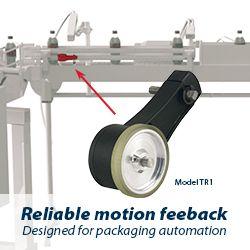Artificial Intelligence Produces Realistic Sounds That Fool Humans
Aerospace: KUKA Omnimove Delivers Gigantic Aircraft Components With Millimeter Precision
Future Focus: Robotic Automation and Generation Z
Teaching robots the physics of sliding and pushing objects
Amazon's $775 million deal for robotics company Kiva is starting to look really smart
Japan is all set to welcome first ever Robot Development and Application Expo (RoboDeX)
Wal-Mart Experimenting With Robotic Shopping Cart for Stores
The ABC of RPA, Part 2: What are the opportunities to automate?
Google's developing its own version of the Laws of Robotics
Vyo Is a Fascinating and Unique Take on Social Domestic Robots
The ABC of RPA: What is robotics and automation in the office?
Sushi Robots and Vending-Machine Pizza Will Reinvent the Automat
New Muscle-Inspired Actuators Hold Potential to Build Safer, Soft-Bodied Robots
Robot wars: Boston Dynamics fell out with Google over humanoid Atlas
Safety for Collaborative Robots: New ISO/TS 15066
Records 2626 to 2640 of 3732
First | Previous | Next | Last
Featured Product

Model TR1 Tru-Trac
Robotics and Automation - Featured Company

